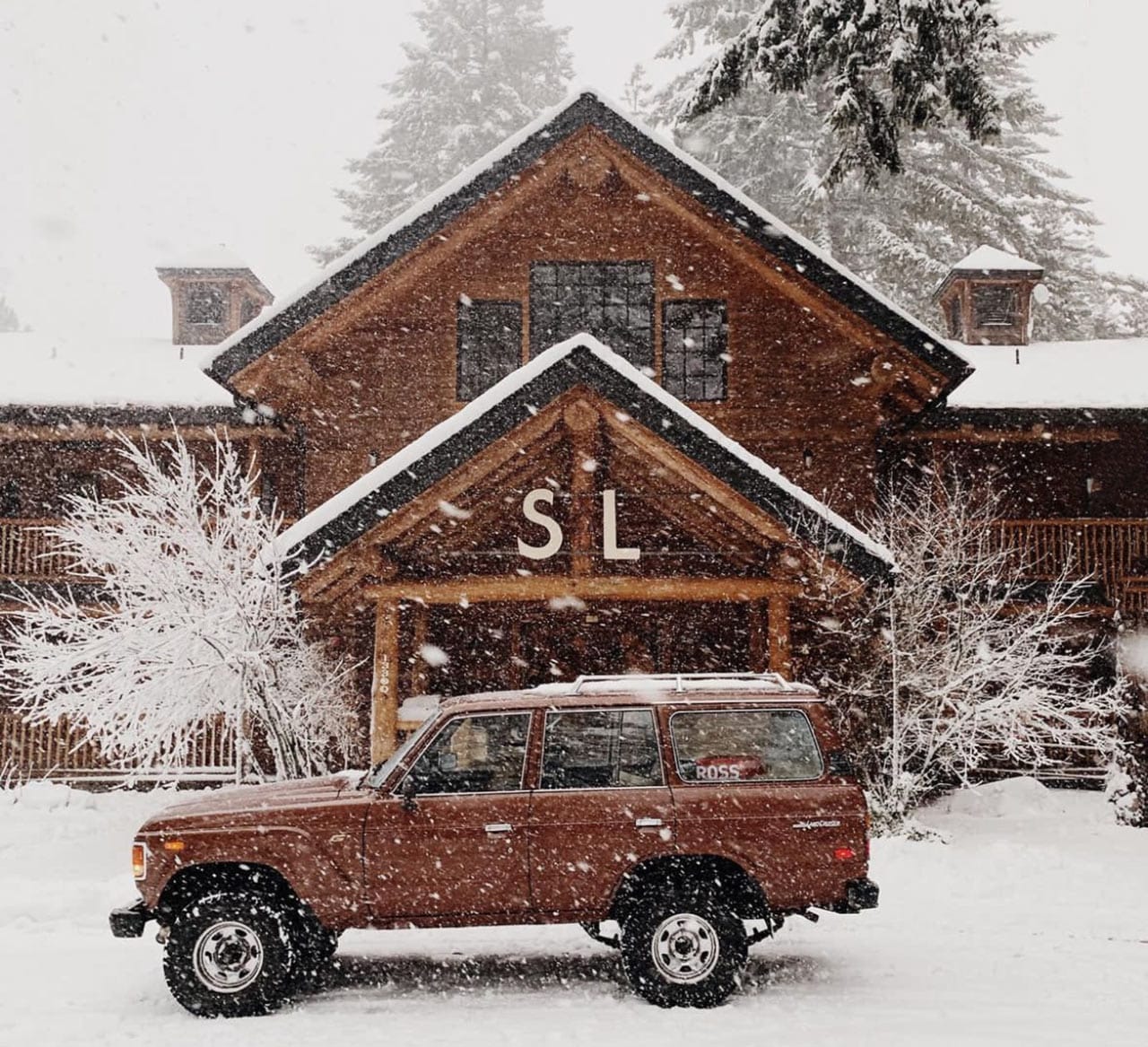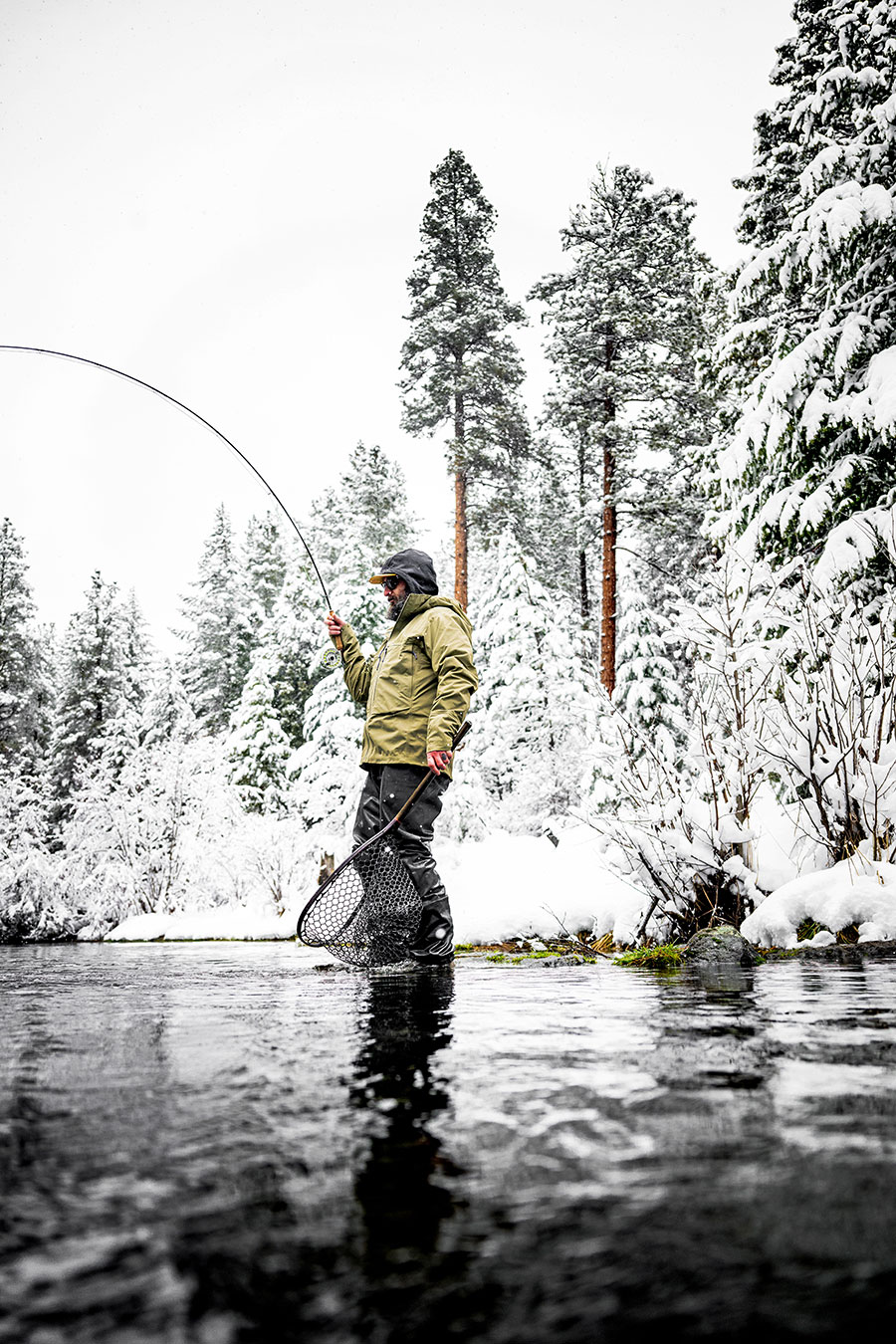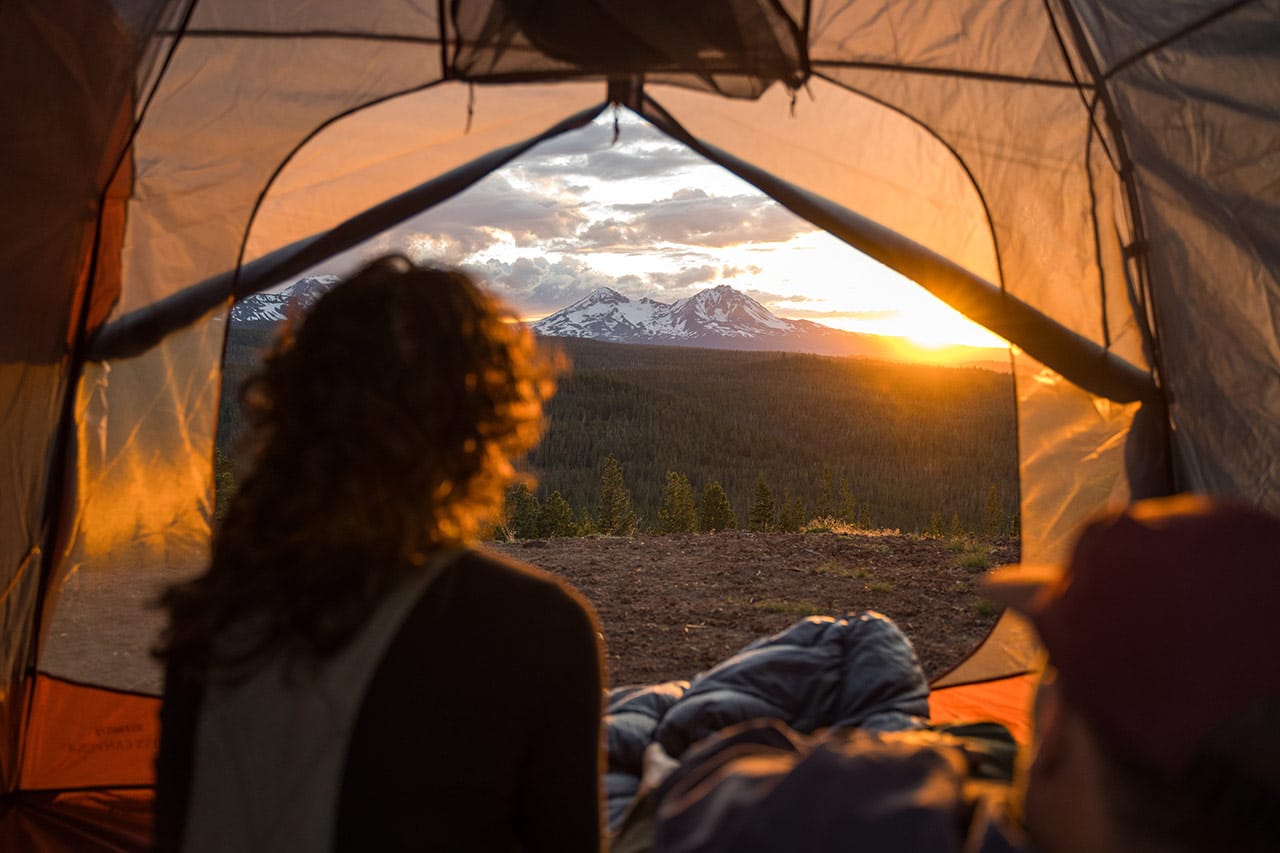
It’s a popular saying around town that Bend enjoys two seasons: winter and construction season. And while it’s a sentiment typically played for laughs, there’s some truth to it: nearby Cascade peaks enjoy a light dusting of snow as early as October, lines form at Mt. Bachelor by December and overnight snow showers linger well into March.
With such a long winter, it’s easy to lose sight of spring—which is why an early-season outing to Southeast Oregon offers a welcome respite. Signs of the changing seasons abound with chattering bird calls, lemon-scented sagebrush blooms and clear night skies throughout the region.
The vaguely brick-shaped Steens Mountain may be the sun around which the rest of the region orbits—with Malheur National Wildlife Refuge at its northern edge, the historic Frenchglen Hotel at the base of its gentle western face and the Alvord Desert at the foot of its sheer eastern face—but snow keeps the higher reaches of Steens Mountain closed until midsummer. The peak is the largest fault block mountain in the northern great basin, after all. So in spring, the comparatively low-elevation attractions around the mountain get top billing.

And a long weekend is just the right amount of time to soak up that first dose of spring when it hits the region in May and June. Here’s how to make the most of a trip with a counterclockwise loop around Steens Mountain.
Spot Migrating Birds at Malheur National Wildlife Refuge
Driving the 42-mile Blitzen Valley Auto Tour Route south from Malheur National Wildlife Refuge, it’s easy to forget that—as recently as the 1880s—the North American bird population was in freefall. By the dawn of the 20th century, most of the long-necked egrets at Malheur Lake, for instance, had been killed by hunters who wanted their feathers for decorating high-priced headwear and growing the United States’ nascent hat industry.
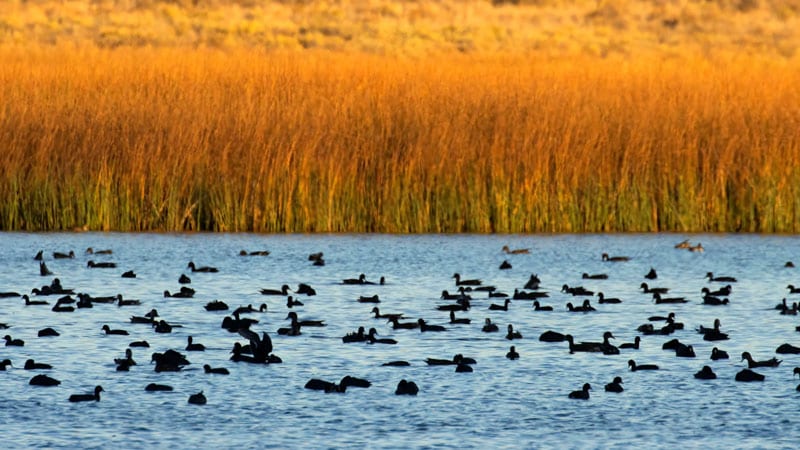
To save what remained of the declining egret population, President Theodore Roosevelt established the refuge in 1908. More than a century later, thousands of egrets frolic and feed in the wetlands around Malheur Lake (the first stop on the Blitzen Valley Auto Tour Route) each spring—one of more than 340 species of birds that have been spotted around the 187,000-acre refuge.
On a recent springtime outing, I spied a few sandhill cranes soaring over the placid lake and Canada geese lounging in its waters. Farther south, at an overlook above the Blitzen Valley, a peaceful violet-green swallow relaxed on a sagebrush branch; the bird’s colorful coat makes it easy to see in the dusty landscape.
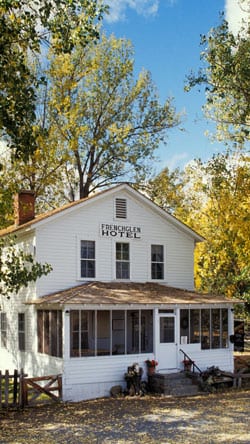
Slow Down in Frenchglen
There’s never a bad time to visit the no-stoplight hamlet of Frenchglen, just 45 minutes south of Malheur via Highway 205, but spring brings its own rewards. Summertime crowds passing through town and fanning out to the rest of the region haven’t arrived yet—so it feels as if the community takes a deep breath before road-trip season hits its stride.
It’s only fitting that the town’s main attraction, the Frenchglen Hotel, is the kind of place that forces overnight guests to slow down and take a deep breath along with the locals. Built in the 1920s, the eight-room inn originally served as an overnight stop for stagecoach travelers. Today, the Frenchglen experience doesn’t feel as if it’s changed much in the century since opening: On a recent stay, wooden floorboards creaked under my feet, landscape photography in my room recalled the region’s ranching heyday and a wooden rocking chair on the screened-in patio offered the right kind of comfort for watching the sunset as darkness descended on the sagebrush steppe below Steens Mountain.
Soak up the Sun in the Alvord Desert
The Alvord Desert sits less than 90 minutes southeast of the Frenchglen Hotel—but after hitting the southernmost point of your loop at the tip of Steens Mountain and then heading north along the gravel Fields-Denio Road, it feels a world away.

Heading north, the first breathtaking view of the Alvord Desert comes from atop a nondescript hillside, the desert’s khaki-colored surface almost blinding on a sunny afternoon. The dry lakebed is among the driest places in Oregon, receiving barely enough precipitation each year to fill a bathtub and extending twelve-by-seven miles to the east.
Even base-model sedans can drive onto the Alvord, at least if it hasn’t rained recently—but the area’s most magical experience comes on the desert’s western shore, at the Alvord Hot Springs.
The hot springs can be accessed as a day trip or as part of an overnight outing, because Alvord Hot Springs offers campsites and bunkhouses. Daytime trips mean an opportunity to unwind en route to your next destination—but the magic of the Alvord Hot Springs really reveals itself on a clear night, when a quiet fog of steam rises from the pool and some of the darkest night skies in the contiguous United States give way to some of the brightest night sky displays in Oregon. On a moonless night, the entire Milky Way rises above the Alvord, and millions of stars seem to dance against the pitch-black sky.
Everything about the experience—the warmth of the pool, the clear night sky, the refreshing anticipation of what else the region hides—feels like a long exhale. It feels like spring.

